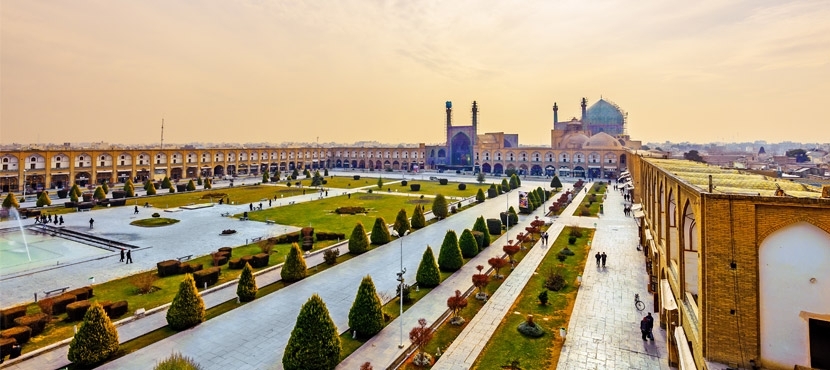Isfahan (historically also rendered in English as Ispahan, Sepahan, Esfahan or Hispahan) (Persian: اصفهان, translit. Esfahān is a city in Iran. It is located 406 kilometres (252 miles) south of Tehran, and is the capital of Isfahan Province.
Isfahan has a population of approximately 1.6 million, making it the third largest city in Iran after Tehran and Mashhad. Get more info on the subject of caca niqueis gratis.
Isfahan is an important city as it is located at the intersection of the two principal north–south and east–west routes that traverse Iran. It was once one of the largest cities in the world. It flourished from 1050 to 1722, particularly in the 16th and 17th centuries under the Safavid dynasty when it became the capital of Persia for the second time in its history. Even today the city retains much of its past glory. It is famous for its Persian–Islamic architecture, having many beautiful boulevards, covered bridges, palaces, mosques, and minarets, and the city also has many historical buildings, monuments, paintings and artefacts. The fame of Isfahan led to the Persian pun and proverb “Esfahān nesf-e- jahān ast“: Isfahan is half (of) the world
Etymology
“Isfahan” is derived from Middle Persian Spahān. Spahān is attested in various Middle Persian seals and inscriptions, including that of Zoroastrian Magi Kartir,and is also the Armenian name of the city (Սպահան). The present-day name is the Arabicized form of Ispahan (unlike Middle Persian, and similar to Spanish, New Persian does not allow initial consonant clusters such as sp). The region appears with the abbreviation GD (Southern Media) on Sasanian numismatics. In Ptolemy’s Geographia it appears as Aspadana, translating to “place of gathering for the army”. It is believed that Spahān derives from spādānām “the armies”, Old Persian plural of spāda (from which derives spāh ‘army’ and spahi (soldier – lit. of the army) in Middle Persian).

Comment (0)